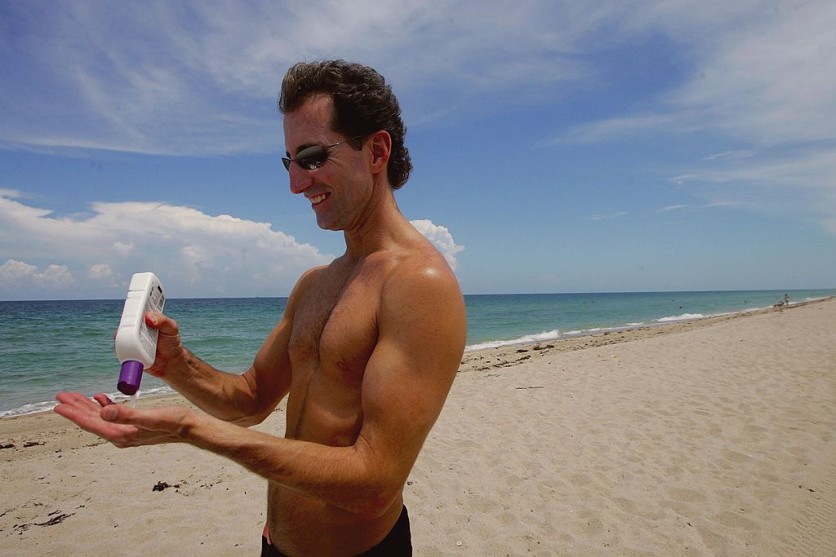Researchers at Northwestern University have unveiled a "super melanin" cream with the potential to revolutionize skin protection and wound healing. They see this development being added to sunscreens and moisturizers and as a treatment for various skin injuries like blisters, burns, and open sores, New Atlas reported.
'Super Melanin' Cream For Skin Protection
The synthetic melanin, designed to emulate the natural pigment found in human skin, boasts a capacity to scavenge free radicals, a natural byproduct of injured skin, such as sunburns. If left unchecked, these free radicals can lead to cellular damage and contribute to skin aging and cancer.

Dr. Kurt Lu, a co-corresponding author and prominent dermatologist at Northwestern University Feinberg School of Medicine, emphasized the pervasive nature of sun-induced skin damage.
Even daily exposure to sunlight, particularly during peak hours and in the summer, can cause low-grade, continuous harm to the skin. This revelation underscores the need for effective protection and repair strategies.
Synthetic melanin cream offers a multifaceted approach. When applied, it forms a protective barrier on the skin's surface, deflecting free radicals and kickstarting the healing process. Additionally, the synthetic melanin's benefits extend beyond the skin's surface, influencing systemic healing throughout the body.
The team, who dedicated nearly a decade to melanin research, initially tested the synthetic compound as a sunscreen. The results were promising, demonstrating its ability to shield both skin cells and tissue from damage.
Furthermore, the synthetic melanin cream has shown promise in reducing inflammation and promoting healing after skin injuries, such as sun damage or chemical burns.
This cream can be seen as a vital addition to skincare routines, providing continuous protection and repair, making it especially useful for those exposed to environmental stressors.
In addition to its protective functions, the synthetic melanin cream also exerts a calming effect on the immune system. By mitigating destructive inflammation, the cream facilitates the body's healing processes, preventing further damage.
'Like Super Melanin'
The researchers envision a wide range of potential applications for this synthetic melanin cream. Beyond its role in skincare, it holds promise for treating blisters, open sores, and even radiation burns resulting from therapy for cancer patients.
Synthetic melanin cream could also play a crucial role in protective clothing, with the potential to absorb toxins, heavy metals, and even nerve gases. By engineering the melanin to optimize toxin absorption, the researchers could open new avenues for protective apparel.
"The synthetic melanin is capable of scavenging more radicals per gram compared to human melanin," said co-corresponding author Nathan Gianneschi.
"It's like super melanin. It's biocompatible, degradable, nontoxic and clear when rubbed onto the skin. In our studies, it acts as an efficient sponge, removing damaging factors and protecting the skin," he added.
The findings of the team were published in the journal NPJ Regenerative Medicine.
Related Article : Check Your Sunscreens Now: Valisure Warns FDA, Suggests High Levels of Cancer-Causing Substance on Skincare Products

ⓒ 2025 TECHTIMES.com All rights reserved. Do not reproduce without permission.




